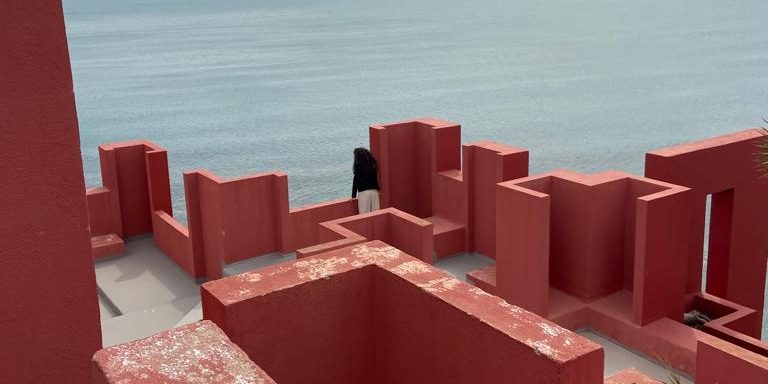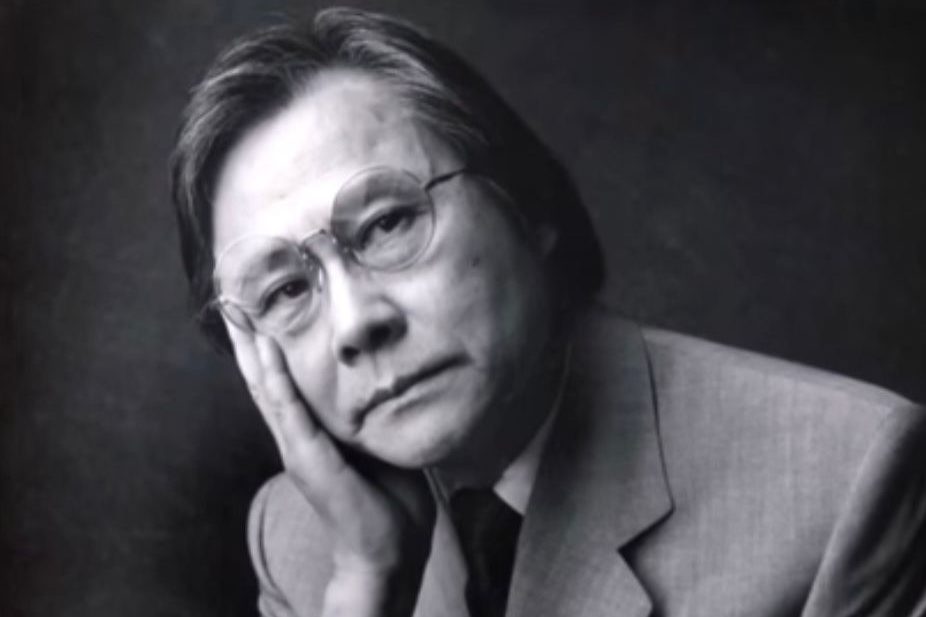
Kurokawa, who, besides of being an architect was also a theorist, philosopher, writer and politician. Was born in Nagoya, city in the center of Japan, graduated in architecture in the prestigious Kioto University in 1959, before doctorate in 1964 for the select Tokio University, where he studied underneath the guidance of the already dead professor Kenzo Tange.
Kurokawa belongs to the fourth generation of architects in the Modern Age of the Japanese culture and was Co-founder of the Metabolist Group

METABOLIST GROUP
Contemporary architectural current of japanese architects disciples of Le Corbusier that arises after the second world war, in 1959. They defended that architecture was an open space to society and in constantly changing, their works were based on themes such as ecology and recycling.
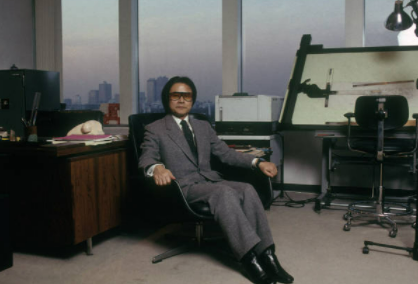
Throughout his 40 years of his career arround the world he was characterized for link architectual traditional styles and philosophy, he defend his tesis of simbiosis in which say that we have to get together global ideas and local suggestions, for that, each project that he prepares is different.
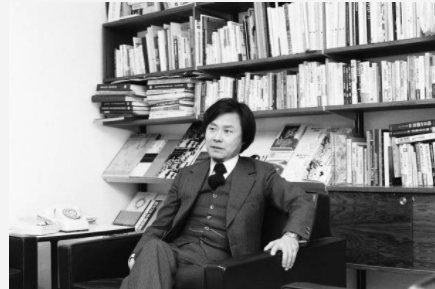
Kurokawa wrote that there are two traditions inherent in any culture inside the architecture: the visible and the invisible.

And according to him, his work carries the invisible tradition of Japan. Looking at his architecture, tradition does not seem to be there, but underneath the hard skin, his work is japanese. As he said, he is persuing the invisible traditions and he is practicing it as a proud japanese.
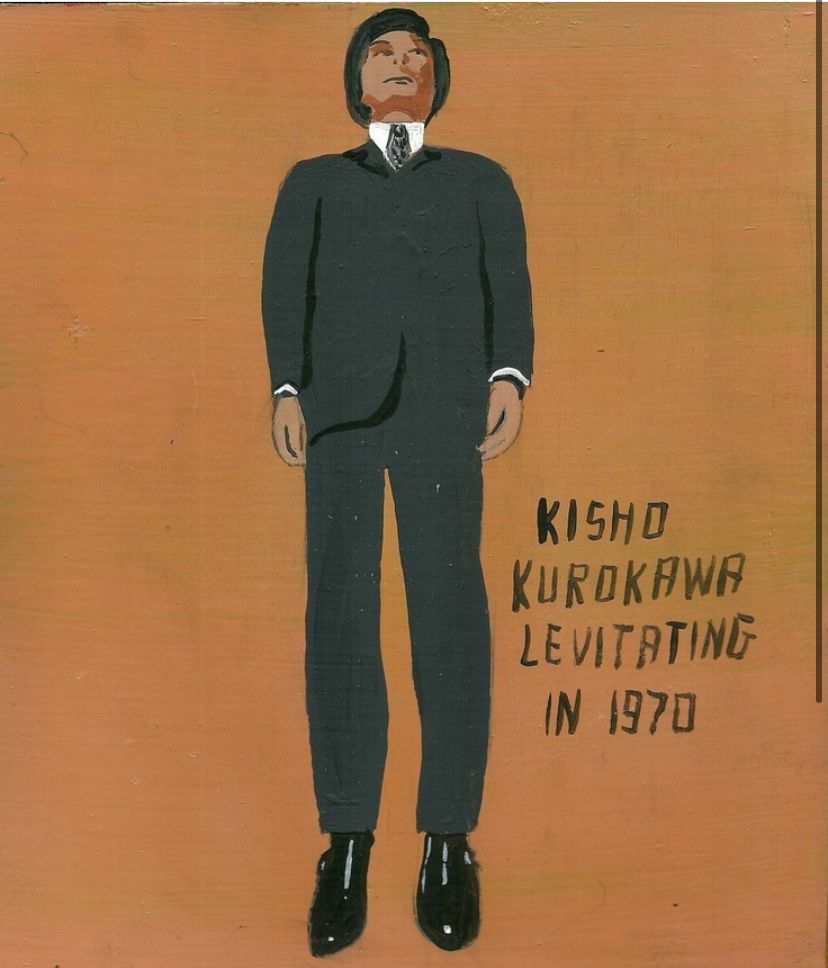
From my point of view, we have to create a style combining architectonic traditions of places around the world and the new technologies, and choose a building’s style according to its necessities and not by where it is suppose to be built on.
BIBLIOGRAPHY
https://elpais.com/diario/2002/12/22/paisvasco/1040589620_850215.html
https://elpais.com/diario/2007/10/14/agenda/1192312805_850215.html
https://es.wikipedia.org/wiki/Kish%C5%8D_Kurokawa
REFLEXION 2
“Y es que “ser arquitecto” imprime carácter. Para que se entienda, es como “ser médico”: se es o no se es, de una vez”
I still do not think that we are born to dedicate ourselves to something in particular, I think we are extremely versatile to only think that you have to be born to do something and you cannot learn it and enjoy it even if you are not the best.
“Ser arquitecto es ser alguien capaz de convertir una casa en un sueño. De poner los materiales necesarios para levantar un edificio de tal manera que el resultado sea un espacio maravilloso”
I don’t like these axioms about what defines being an architect, there is much more individuality in each one and what they want to focus on and I don’t think all architects see the world in the same way that the text describes.
